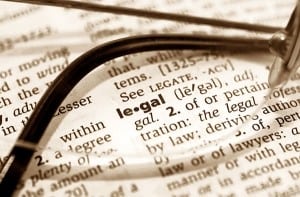 Automatic Stay
Automatic Stay
To understand the meaning of a Motion for Relief from Stay, we need to know what the “Automatic Stay” is. The Automatic Stay is a provision that applies to people who file for bankruptcy. The moment a bankruptcy case is filed the Automatic Stay comes into effect. While in effect it stops creditors from pursuing any collections actions outside of the bankruptcy court. This means that debt collectors cannot send collection letters or call you. It also prevents creditors from filing lawsuits, foreclosure actions, garnishments, liens or levies. However, they could go into the bankruptcy Court to stop this Automatic Stay from being in effect. This is what is known as a Motion for Relief from Stay.
Motion for Relief from Automatic Stay
When you file for bankruptcy, it protects you from your creditors. The Motion for Relief from Automatic Stay is a request by the creditor asking the bankruptcy court to cancel the protection that the bankruptcy filing affords you as to their debt. For example, lets say you owe a loan to Chase Bank to finance your car. If you are behind on your car payment or become behind on your car payment, Chase can go to the bankruptcy court and request them to lift the bankruptcy protections. If the court grants the motion, Chase can proceed to repossess your vehicle.
What happens if the Motion for Relief from Automatic Stay is granted
If the bankruptcy court grants the Motion for Relief from Automatic Stay without any limitations, a creditor can use all their tools under the law to collect the debt owed to them. For example, if you own a home that is financed through Wells Fargo and fail to make the payments, then Wells Fargo can file the Motion for Relief from Automatic Stay. If the motion is granted Wells Fargo can start foreclosure proceedings on the home or take any other legal collections action against you.